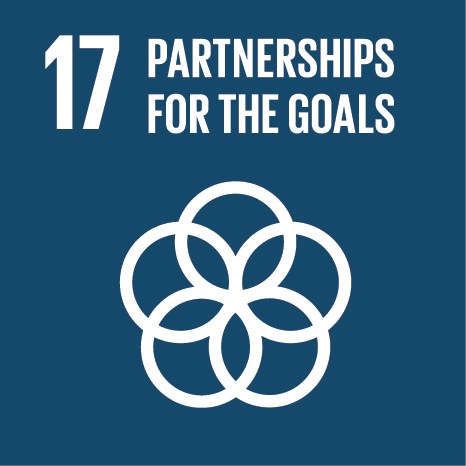Ciência_Iscte
Publications
Publication Detailed Description
Genetic population structure of Anopheles gambiae in Equatorial Guinea
Journal Title
Malaria Journal
Year (definitive publication)
2007
Language
English
Country
United Kingdom
More Information
Web of Science®
Scopus
Google Scholar
Abstract
Background
Patterns of genetic structure among mosquito vector populations in islands have received particular attention as these are considered potentially suitable sites for experimental trials on transgenic-based malaria control strategies. In this study, levels of genetic differentiation have been estimated between populations of Anopheles gambiae s.s. from the islands of Bioko and Annobón, and from continental Equatorial Guinea (EG) and Gabon.
Methods
Genotyping of 11 microsatellite loci located in chromosome 3 was performed in three island samples (two in Bioko and one in Annobón) and three mainland samples (two in EG and one in Gabon). Four samples belonged to the M molecular form and two to the S-form. Microsatellite data was used to estimate genetic diversity parameters, perform demographic equilibrium tests and analyse population differentiation.
Results
High levels of genetic differentiation were found between the more geographically remote island of Annobón and the continent, contrasting with the shallow differentiation between Bioko island, closest to mainland, and continental localities. In Bioko, differentiation between M and S forms was higher than that observed between island and mainland samples of the same molecular form.
Conclusion
The observed patterns of population structure seem to be governed by the presence of both physical (the ocean) and biological (the M-S form discontinuity) barriers to gene flow. The significant degree of genetic isolation between M and S forms detected by microsatellite loci located outside the "genomic islands" of speciation identified in A. gambiae s.s. further supports the hypothesis of on-going incipient speciation within this species. The implications of these findings regarding vector control strategies are discussed.
Acknowledgements
--
Keywords
malaria,Africa,Equatorial Guinea,mosquitoes,Anopheles gambiae,vector-borne diseases,population genetics
Fields of Science and Technology Classification
- Biological Sciences - Natural Sciences
- Other Medical Sciences - Medical and Health Sciences
Contributions to the Sustainable Development Goals of the United Nations
With the objective to increase the research activity directed towards the achievement of the United Nations 2030 Sustainable Development Goals, the possibility of associating scientific publications with the Sustainable Development Goals is now available in Ciência_Iscte. These are the Sustainable Development Goals identified by the author(s) for this publication. For more detailed information on the Sustainable Development Goals, click here.

 Português
Português



